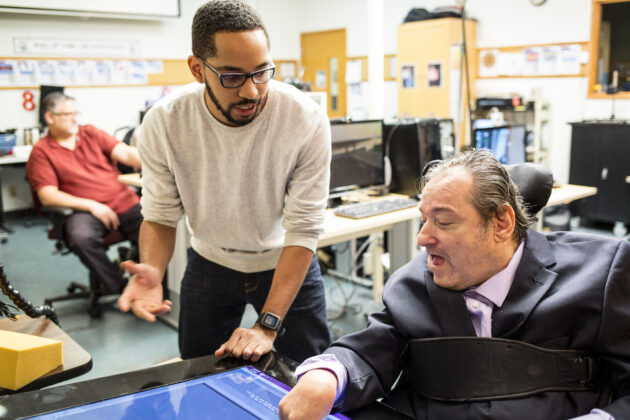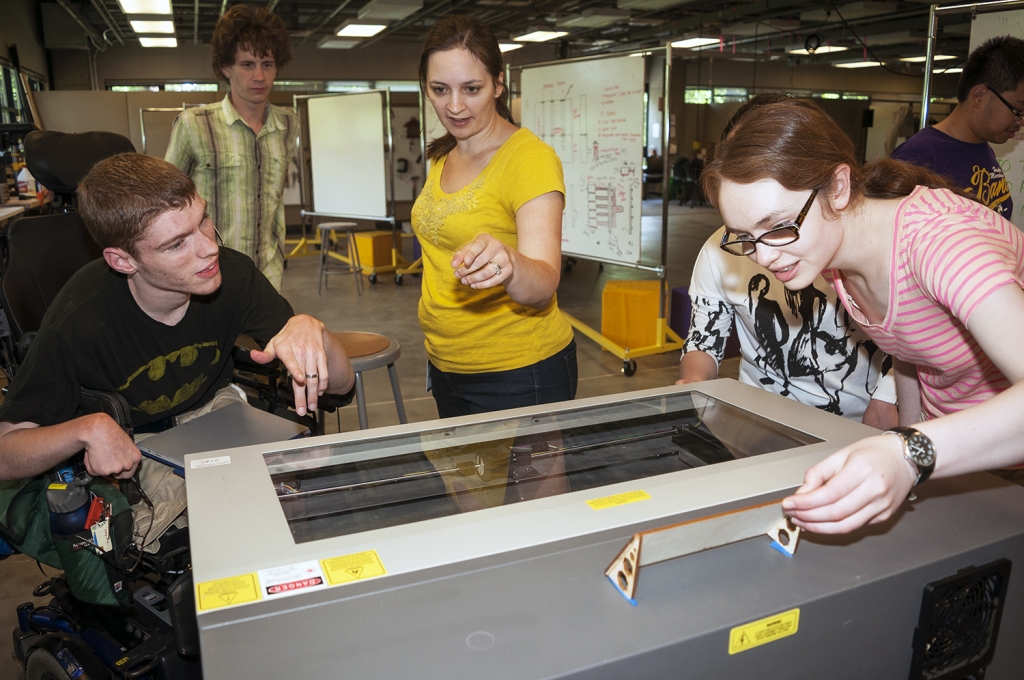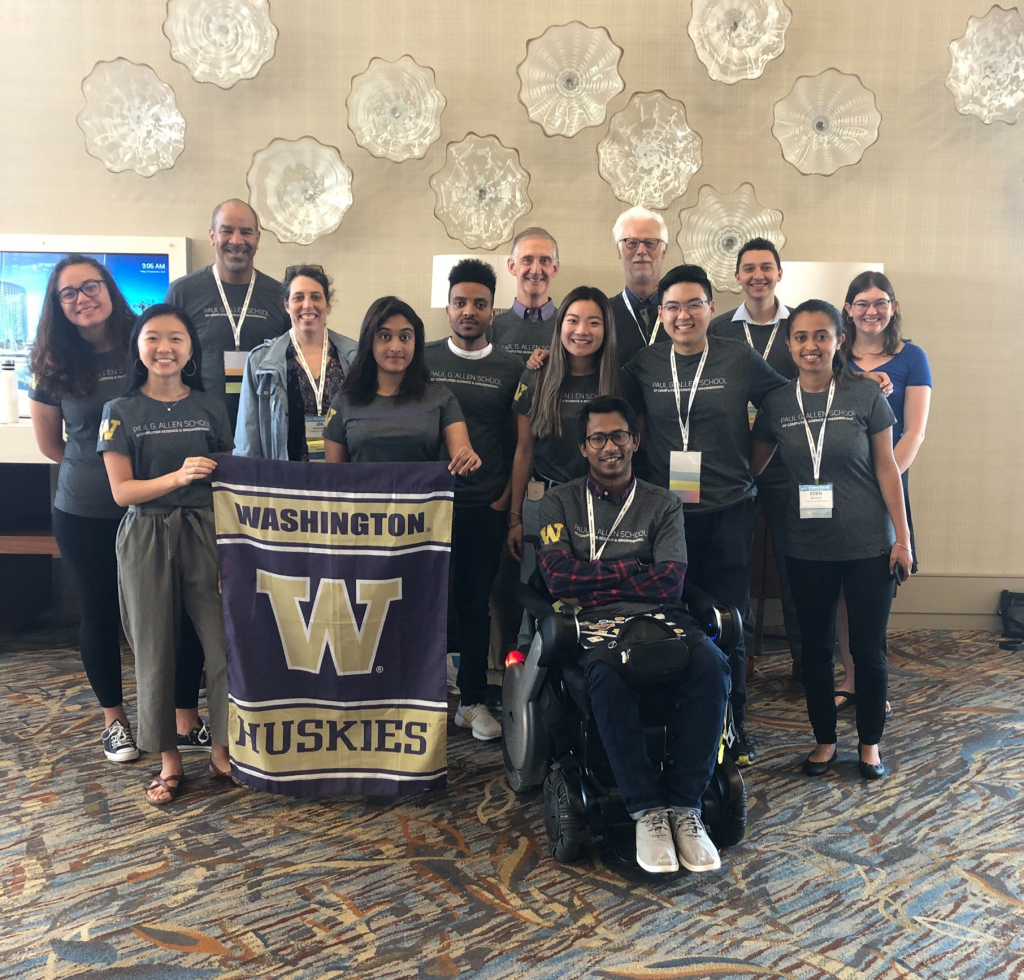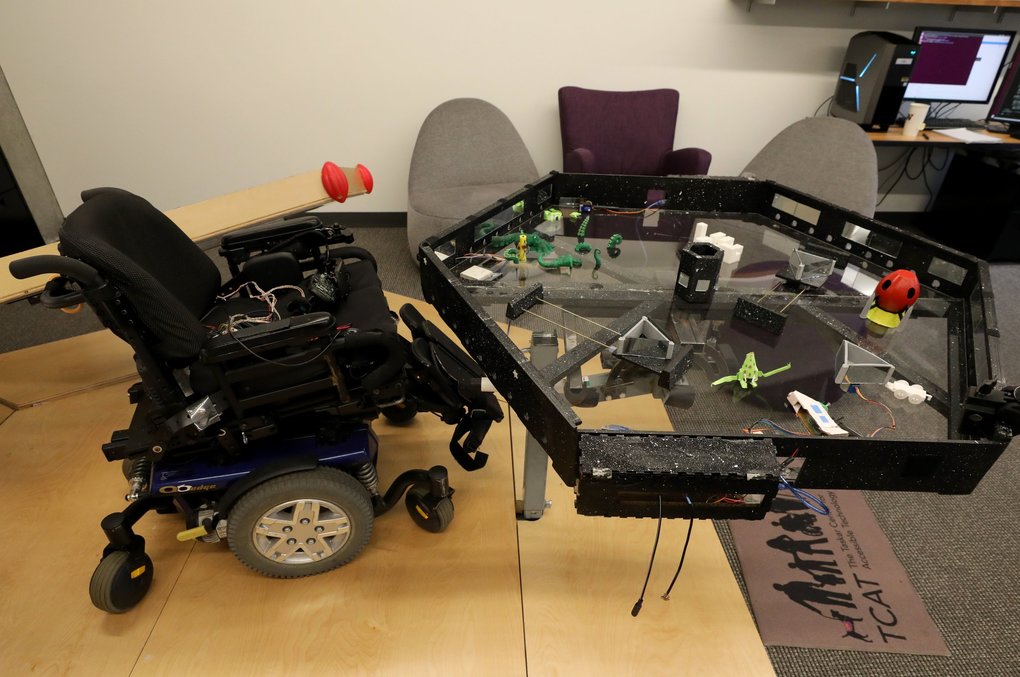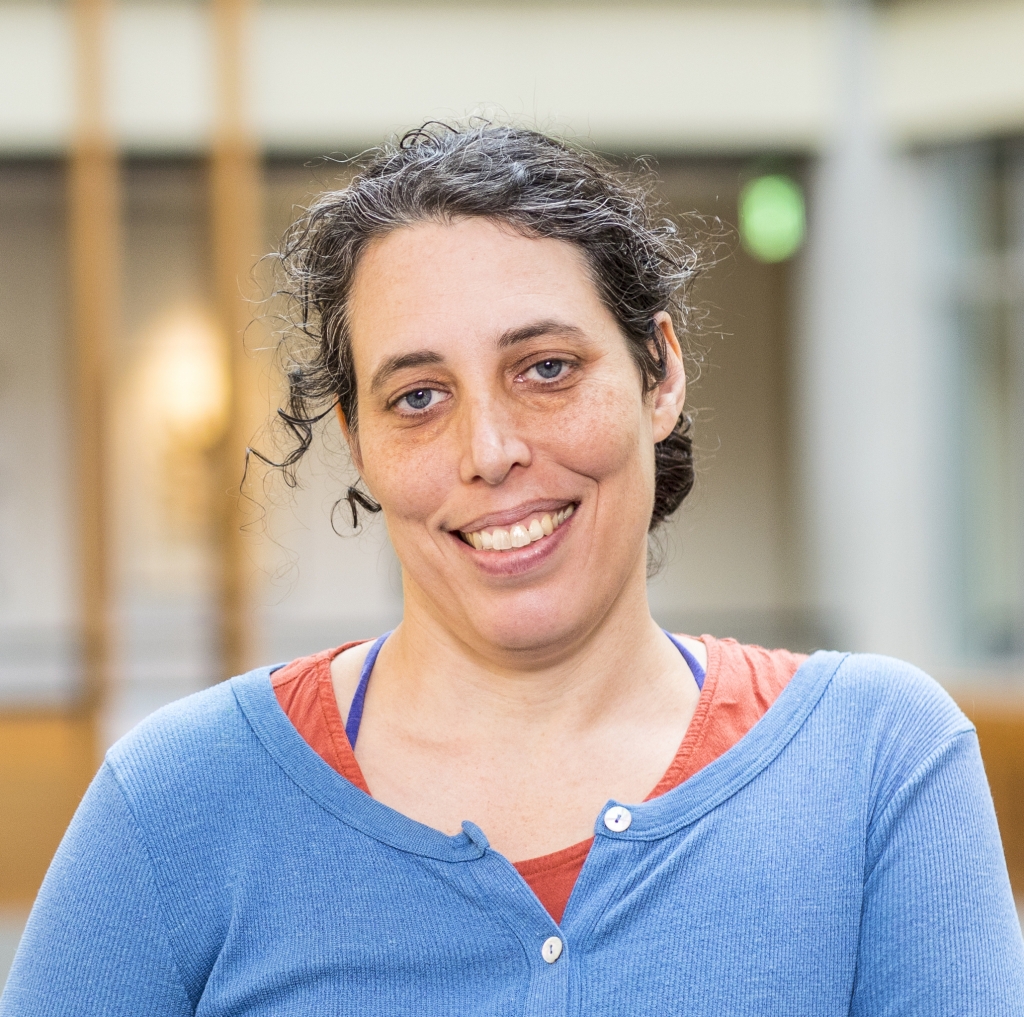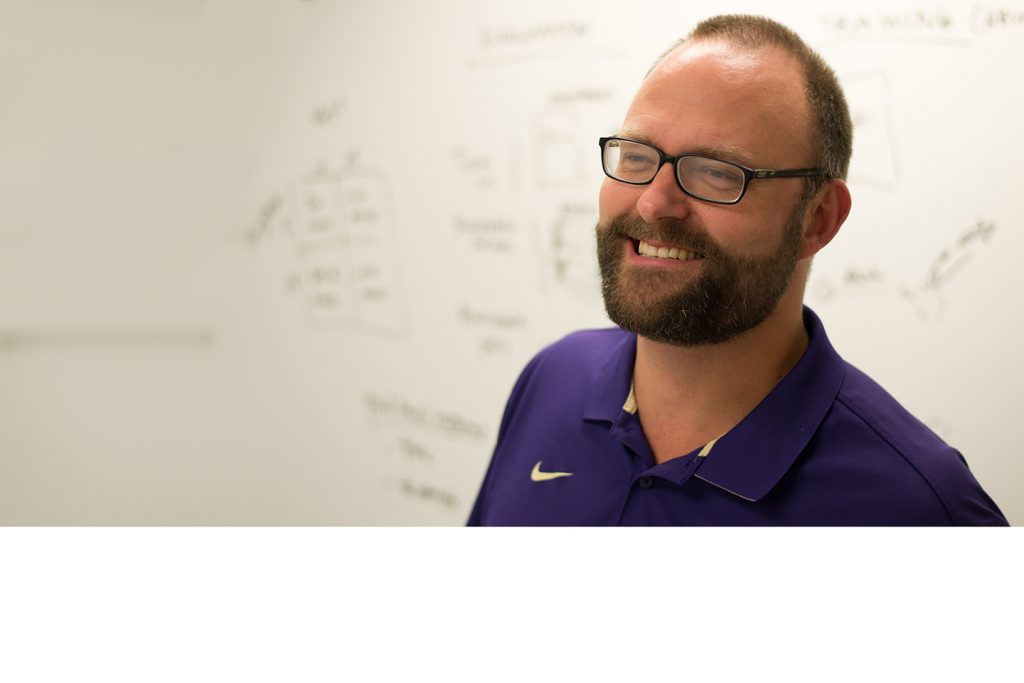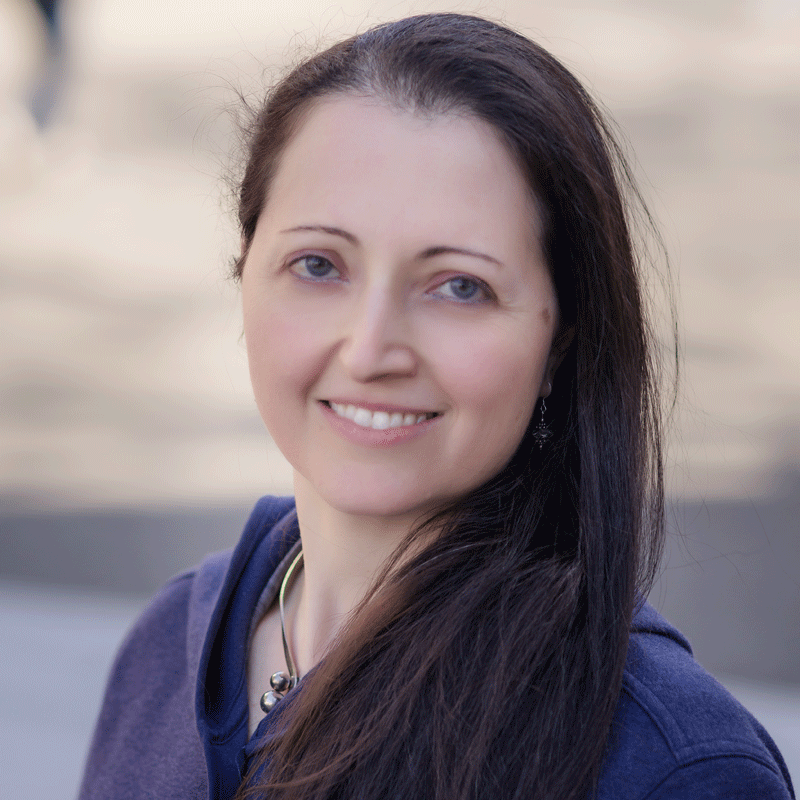Jonathan Kaufman, in Forbes magazine’s Mindset Matters column, calls for innovation to make workplaces inclusive and accessible. In his May 31, 2020 column, An Object Lesson For Business, And Innovation In The Age Of A Pandemic, he highlights the partnership between CREATE and Microsoft as a prime example of how we can “redefine the very nature of work and develop the tools needed to create a culture of innovation.”
“It is at this moment that offers organizational leadership a means to reframe the status that disability plays in how we redefine the very nature of work and develop the tools needed to create a culture of innovation and cultivate a management strategy that embraces the needs of individual employees to be more productive and in turn give back to the collective goals of the company.”
Jonathan Kaufman, Forbes magazine
